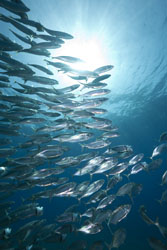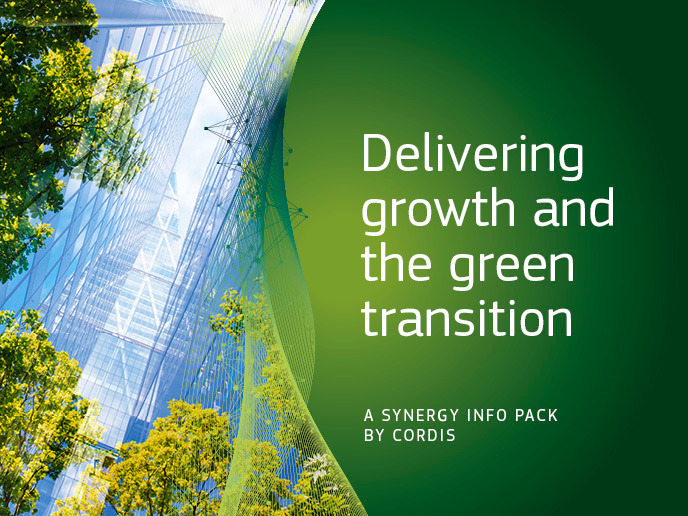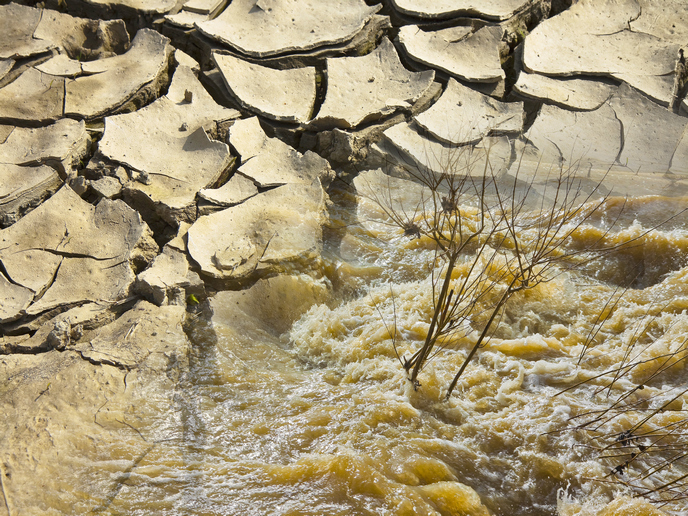Conservation and management of marine ecosytems
MPAs are defined as marine areas that have been established to protect sensitive species and ecosystems from the effects of fishing. However, no two MPAs are alike regarding their legal, political, societal and ecological setting and utilisation of marine resources. Protected areas are most commonly implemented as a means of protecting spawning or nursery areas, or to protect fragile habitats such as deep water coral reefs from damage caused by fishing boats. The EU-funded Protect initiative developed a number of scientifically-based monitoring and assessment tools for evaluating the effect of MPAs on marine ecosystems and the fisheries they support. The project also investigated the effect of different levels of protection, including the socioeconomic impact of MPAs on local fishing communities. Researchers examined three different MPA case studies, each of which represented a different type of marine ecosystem and underlying reason for establishing a protection area. They included a case study of migratory Baltic cod (Gadus morhua), the North Sea sandeel and the birds and fish that predate on it, and a deepwater coral ecosystem. Scientists assessed the MPAs according to their location, size and ecosystem characteristics, as well as their management structure and the level of regulation of human activities. Scientists conducted the case studies to identify the potential benefits that could be achieved by protecting exploited fish populations and essential habitats. As the protection of marine habitats and species has become more high profile, MPAs are moving from the realm of marine science towards the world of international marine policy. As such, initiatives such as the Protect project can provide a solid science basis for the development of MPAs, which can successfully bridge the gaps between science and policy. Therefore, the work carried out by Protect will help protect and conserve valuable marine ecosystems, fish stocks and the individuals and communities that depend on them.







